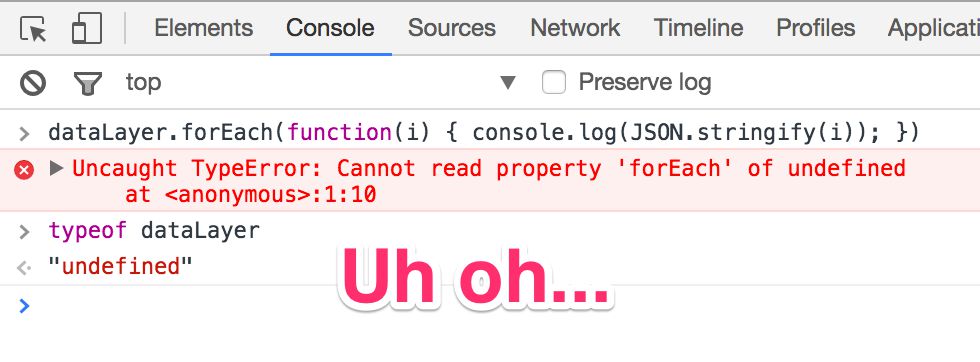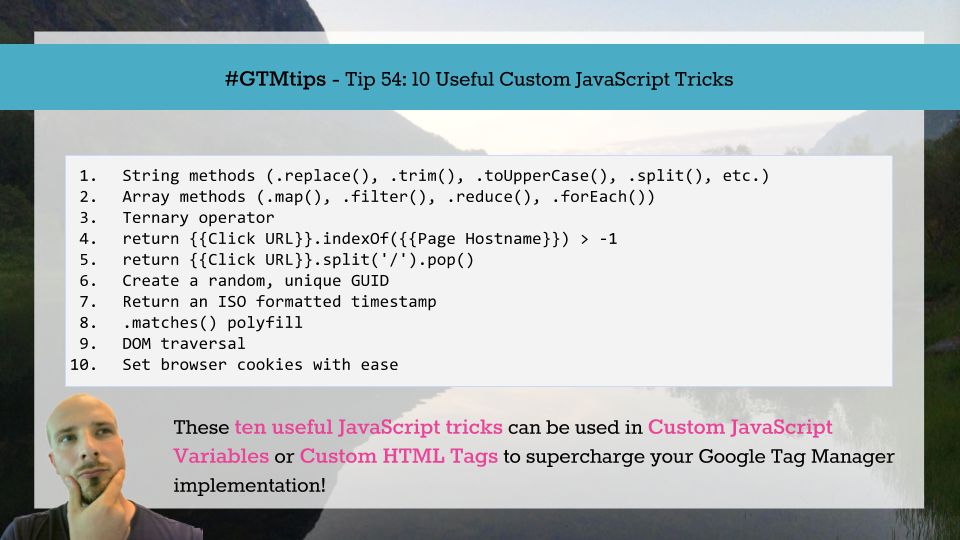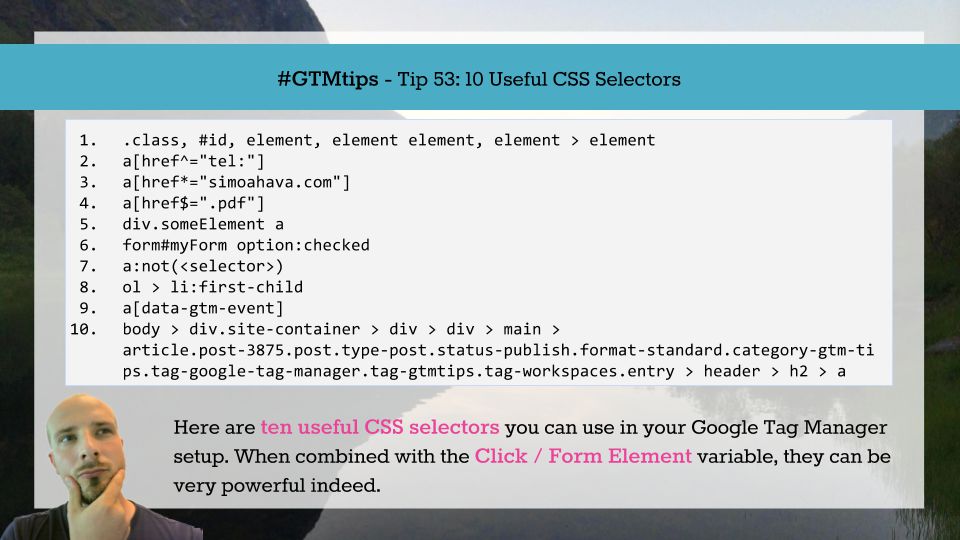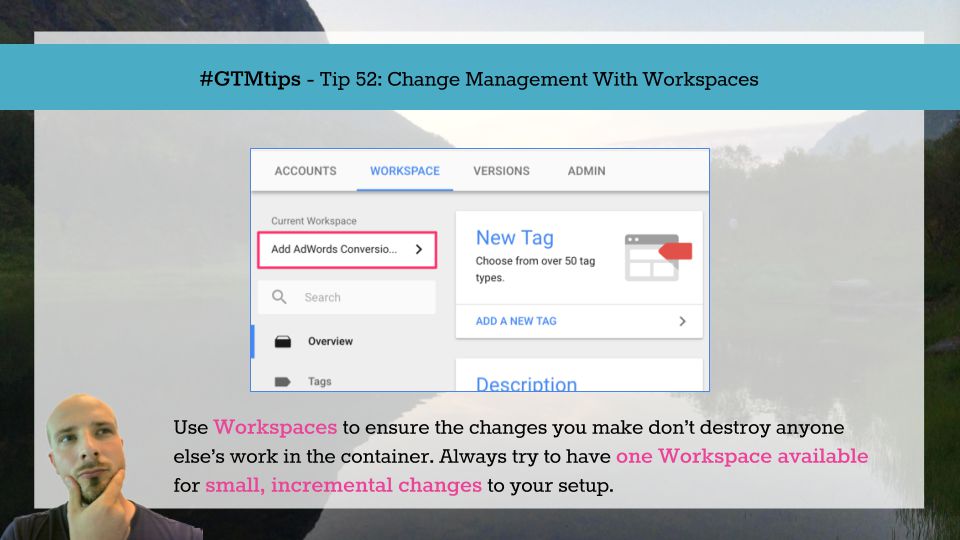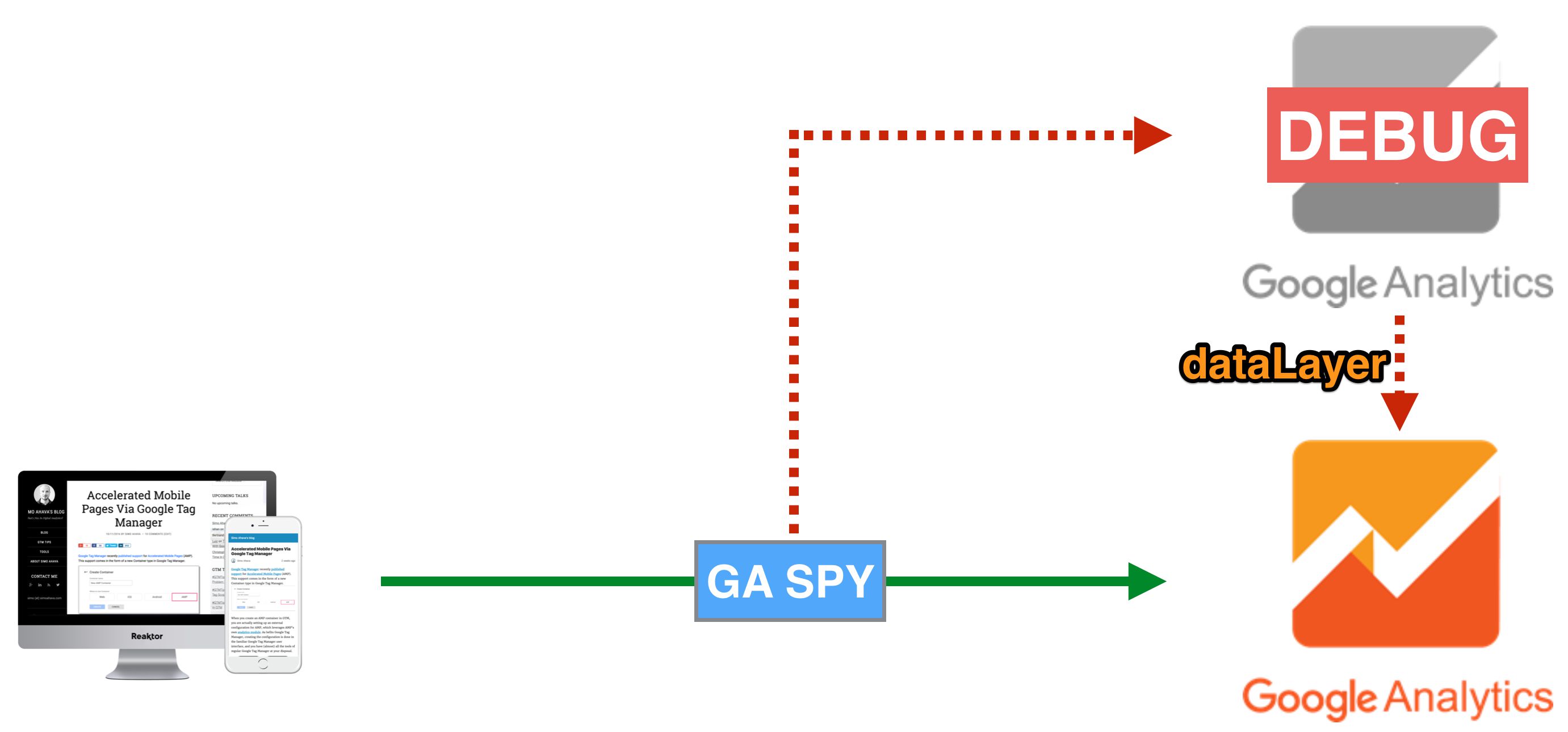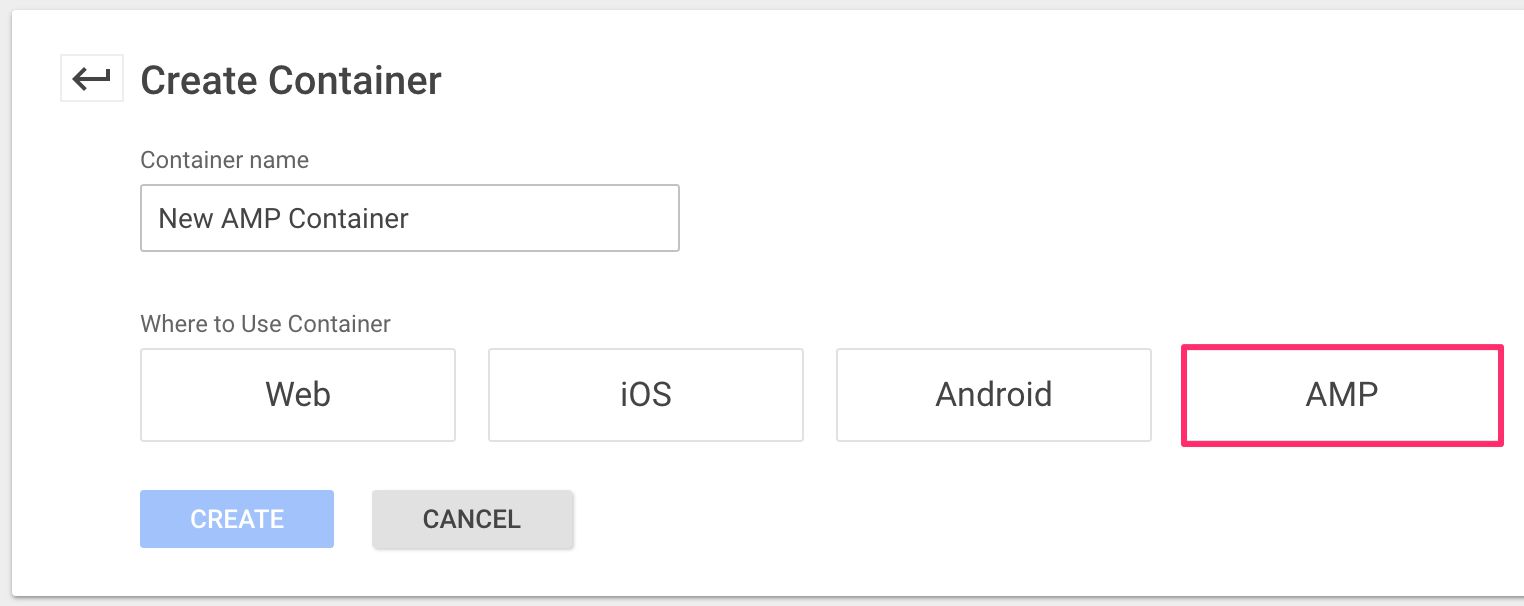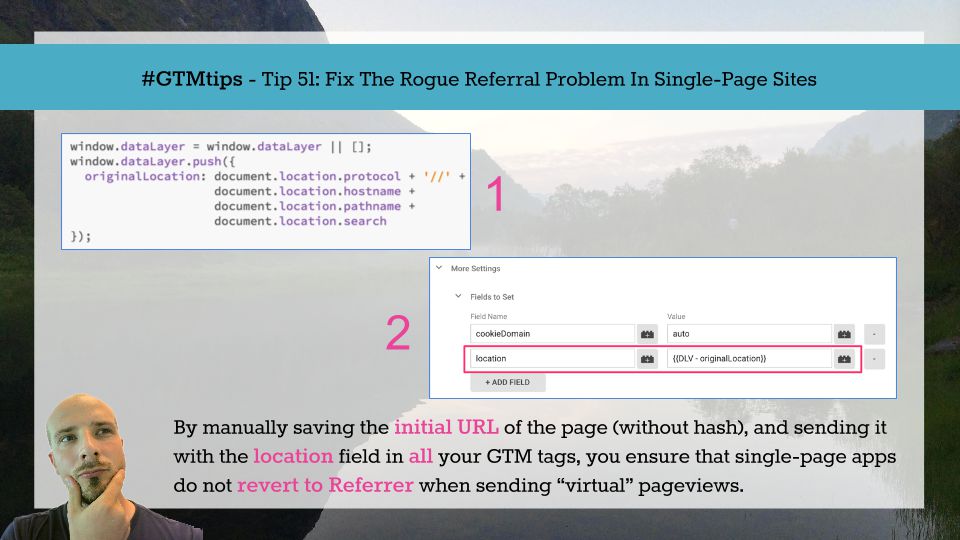One of the biggest fears I have as a Google Tag Manager user is a broken release of the website (or app) on which I have deployed GTM. Far too often, lack of proper communication practices within an organization lead to a release being pushed out without thoroughly testing how this release impacts any existing tracking solutions.
Luckily there are ways to mitigate this. The most significant and impactful precautions you can take are all about process:
